10 Safe Postpartum Workouts for Core Recovery in 2025
1. Pelvic Tilts
Pelvic tilts are a simple yet powerful exercise to gently activate the deep core muscles right after delivery. By focusing on tilting your pelvis backward and forward while lying down or standing, you engage the lower abdominal muscles and support pelvic alignment. This movement also helps alleviate lower back pain, which many new moms experience due to postural changes during pregnancy and after childbirth.To perform a pelvic tilt safely, lie on your back with knees bent and feet flat on the floor. Slowly tuck your pelvis under, flattening your lower back against the floor, and hold for a few seconds. Then release and return to the neutral position. Repeat this motion 10-15 times, ensuring that your breathing remains steady and relaxed. Pelvic tilts can be done multiple times a day and are a great way to reconnect with your core without overexertion.
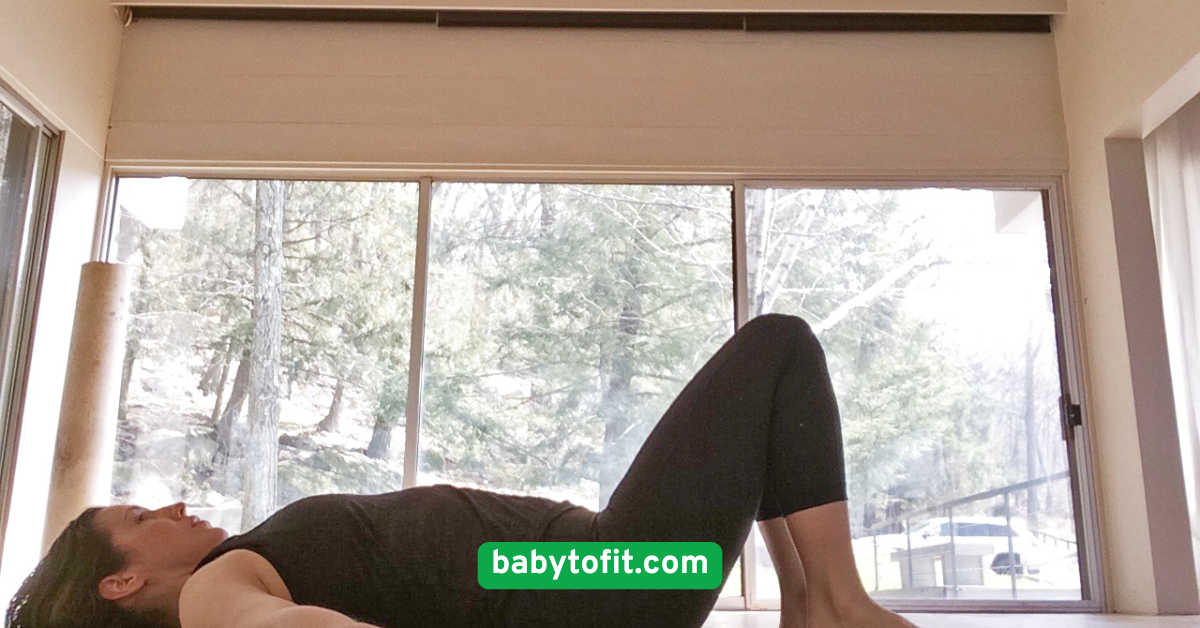
2. Diaphragmatic Breathing
Breathing deeply may seem basic, but diaphragmatic breathing plays a vital role in postpartum core recovery. This technique encourages activation of the transverse abdominis, the deep abdominal muscle that acts like a corset around your midsection. By incorporating mindful breathing, you not only enhance core stability but also reduce stress and promote relaxation — crucial elements in postpartum healing.To practice diaphragmatic breathing, sit or lie comfortably. Place one hand on your chest and the other on your belly. Inhale deeply through your nose, allowing your belly to rise while your chest remains still. Exhale slowly through pursed lips, feeling your belly fall. Aim to do this for 5 minutes daily, gradually increasing the duration. Integrating this breathing into your postpartum routine can improve core strength and overall well-being.
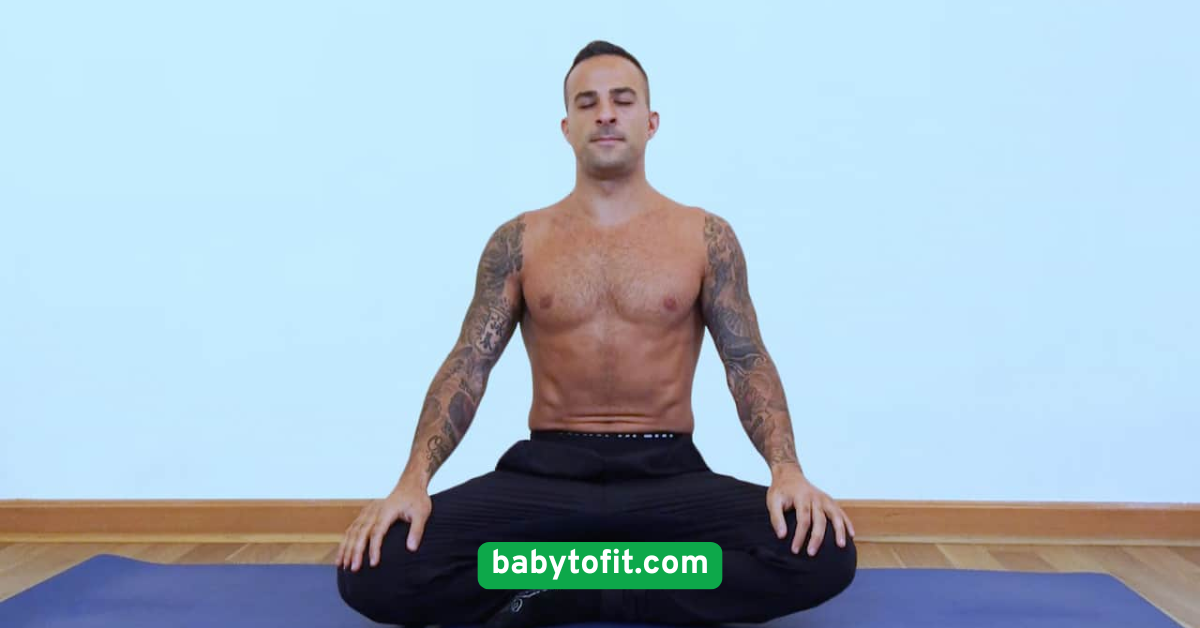
3. Heel Slides
Heel slides are gentle exercises that engage the lower abdominal muscles without causing strain on your healing body. They help improve pelvic floor function and encourage proper muscle coordination — especially important if you experienced a cesarean section or had any tearing during delivery.To do heel slides, lie on your back with knees bent. Slowly slide one heel along the floor, straightening your leg while keeping your core engaged. Then slide the heel back to the starting position. Alternate legs and aim for 10-12 repetitions per side. Remember to keep your lower back pressed lightly against the floor to avoid arching. Heel slides can be incorporated into your daily routine as a safe way to awaken the abdominal muscles gently.

4. Modified Plank
Planks are a fantastic way to build core strength, but postpartum bodies require modifications to avoid overexertion. A modified plank, done on the knees or against a wall, allows new moms to strengthen their abdominal muscles safely and progressively.Start by positioning yourself on your hands and knees or standing facing a wall with your forearms pressing gently against it. Keep your body in a straight line, engaging your core and avoiding any sagging in your lower back. Hold the position for 10 to 20 seconds and gradually increase the duration as you build strength. Modified planks improve stability, endurance, and overall core control without putting too much pressure on delicate postpartum muscles.
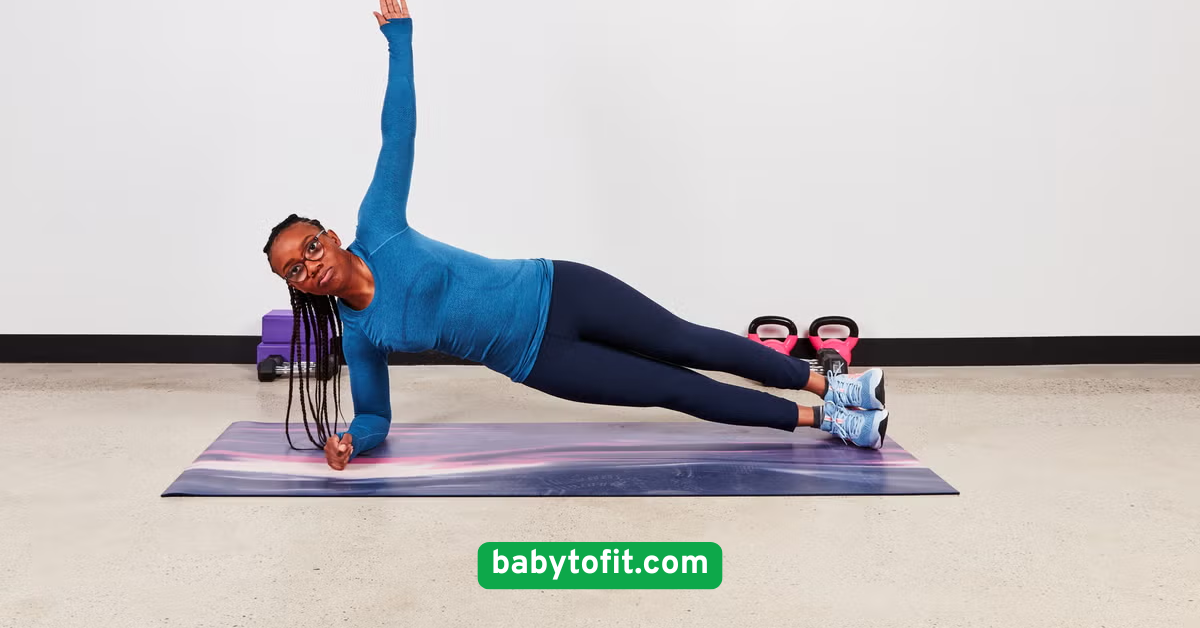
5. Bridge Pose
Bridge pose is excellent for strengthening the glutes and core simultaneously, supporting pelvic floor health postpartum. This exercise helps correct posture changes and can reduce lower back discomfort caused by carrying and nursing a baby.To perform the bridge pose, lie on your back with knees bent and feet hip-width apart. Engage your core and lift your hips toward the ceiling, creating a straight line from your knees to shoulders. Hold for 15 to 30 seconds, then slowly lower back down. You can add variations by lifting one leg at a time or holding small weights on your hips to increase difficulty. This gentle pose promotes healing and strengthens muscles critical for postpartum recovery.
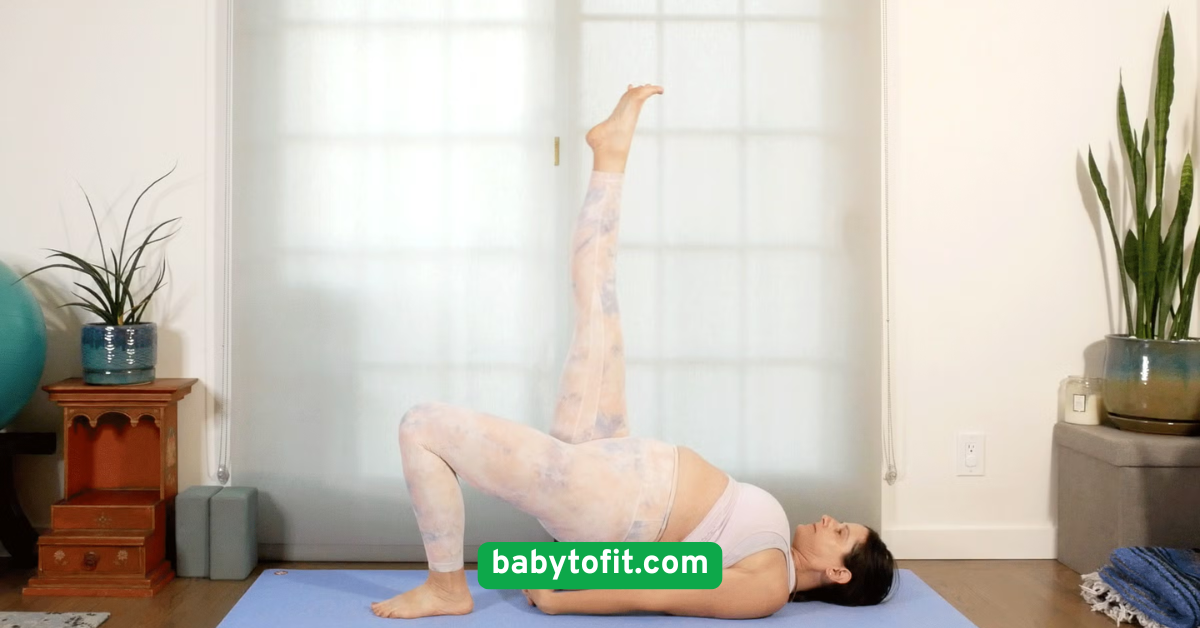
6. Cat-Cow Stretch
The cat-cow stretch is a soothing exercise that increases spinal mobility and engages core muscles gently. Postpartum moms often experience stiffness or discomfort in the back and shoulders, and this stretch can relieve tension while promoting core activation.Start on all fours with wrists under shoulders and knees under hips. Inhale, arching your back and lifting your head and tailbone toward the ceiling (cow). Exhale, rounding your spine and tucking your chin toward your chest (cat). Repeat for 8 to 10 rounds, moving slowly and mindfully. This dynamic stretch enhances circulation, improves posture, and encourages a healthy range of motion after childbirth.

7. Side-Lying Leg Lifts
Side-lying leg lifts target the obliques and hip muscles, which support core stability and pelvic balance. This exercise is gentle enough for postpartum moms and can be adjusted according to comfort levels.Lie on your side with legs straight and stacked. Engage your core and lift your top leg slowly without rotating your hips. Hold for a moment at the top and then lower it back down with control. Aim for 10-15 repetitions on each side. Side-lying leg lifts help strengthen muscles that assist in maintaining pelvic alignment and support daily movements like carrying your baby.
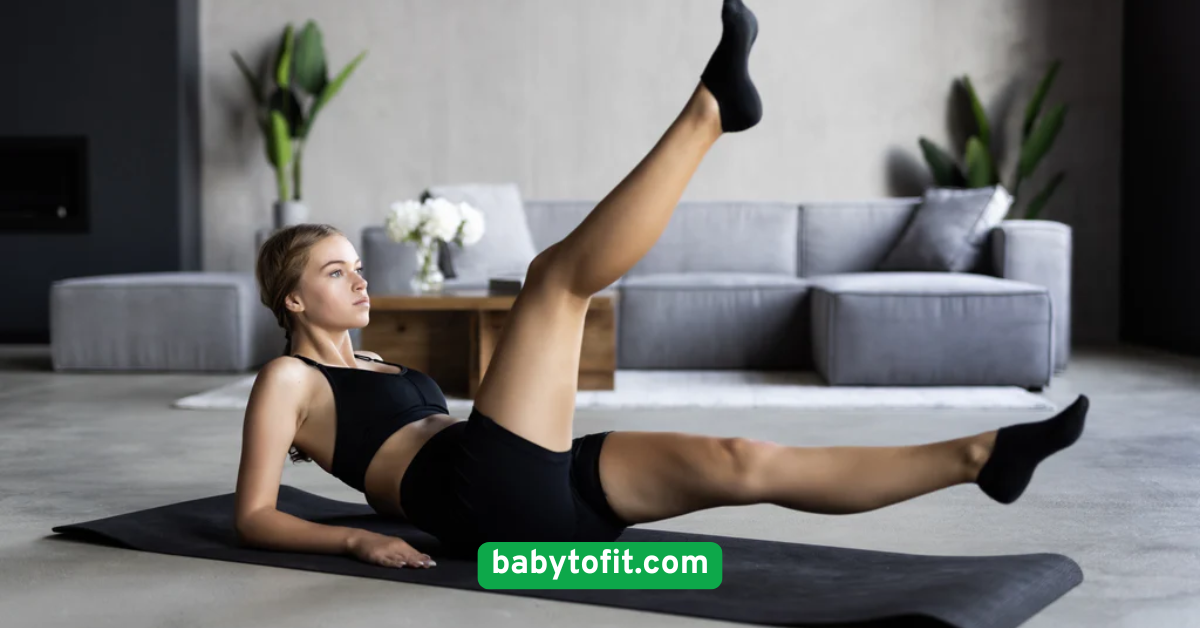
8. Bird-Dog Exercise
Bird-dog is a classic core exercise that enhances balance and strengthens the muscles around the spine. It’s particularly useful postpartum to improve posture and spinal support, which can often be compromised during pregnancy.Begin on all fours. Engage your core as you extend your right arm forward and left leg back, keeping your spine neutral. Hold for a few seconds, then return to starting position and switch sides. Perform 8-12 repetitions per side. This exercise trains your body to stabilize the core while moving limbs, which is essential for functional strength during motherhood.

9. Seated Marching
Seated marching is a low-impact way to activate the core and hip flexors, ideal for early postpartum recovery when standing exercises may feel challenging. This exercise can be done while breastfeeding or during quiet moments at home.Sit upright in a chair with your feet flat on the floor. Engage your core and lift one knee toward your chest in a controlled manner, then lower it and repeat with the other leg. Aim for 20-30 repetitions total. Adding resistance bands around the thighs can intensify the workout as you regain strength. Seated marching helps improve circulation and core endurance without stressing your healing body.

10. Wall Squats
Wall squats are a safe way to strengthen the legs and core while minimizing pelvic strain. They encourage proper alignment and build endurance necessary for daily activities like lifting and carrying your baby.Stand with your back against a wall and feet hip-width apart, about a foot away from the wall. Slowly slide down into a squat position, keeping knees aligned over ankles and core engaged. Hold for 15 to 30 seconds, then slide back up. Repeat 8-12 times. Remember to breathe steadily and avoid locking your knees. Wall squats strengthen your lower body and core simultaneously, supporting overall postpartum recovery.
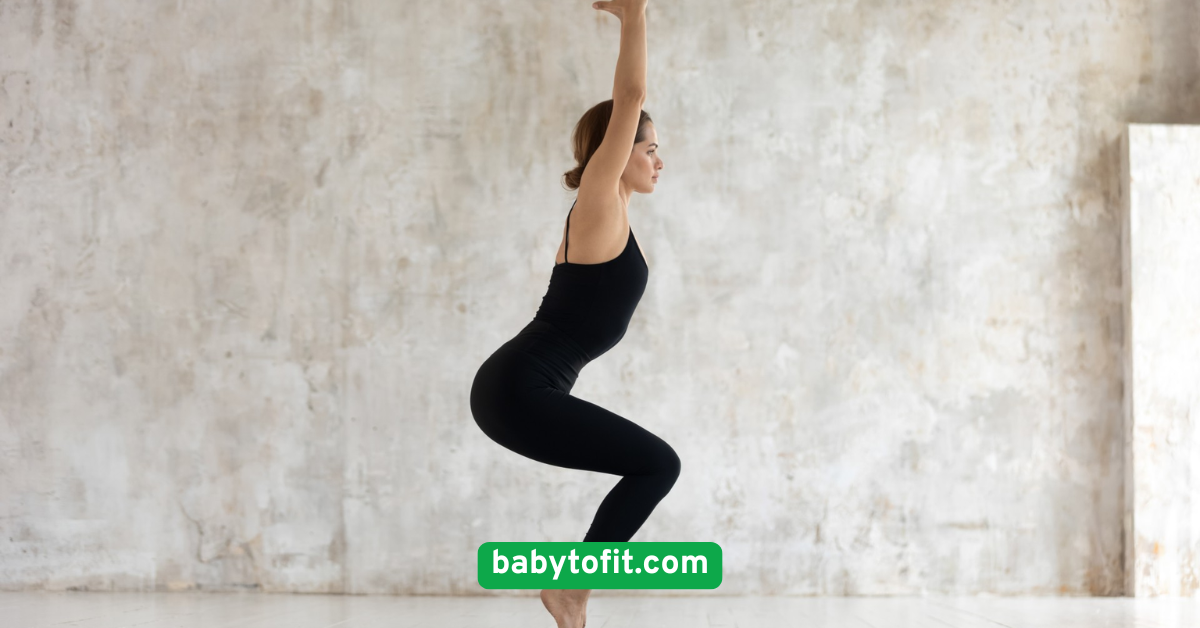
Conclusion
Recovering your core strength after childbirth is a beautiful yet gradual journey. These 10 safe postpartum workouts provide a balanced approach to healing — gently activating your muscles while respecting your body’s needs. Remember, every mom’s postpartum experience is unique, so always listen to your body and consult your healthcare provider before starting any new exercise regimen. With patience, consistency, and these nurturing workouts, you can regain your core strength, boost your energy, and embrace the amazing journey of motherhood with confidence and vitality. Ready to feel stronger every day? Start incorporating these exercises today and celebrate every step of your recovery!





